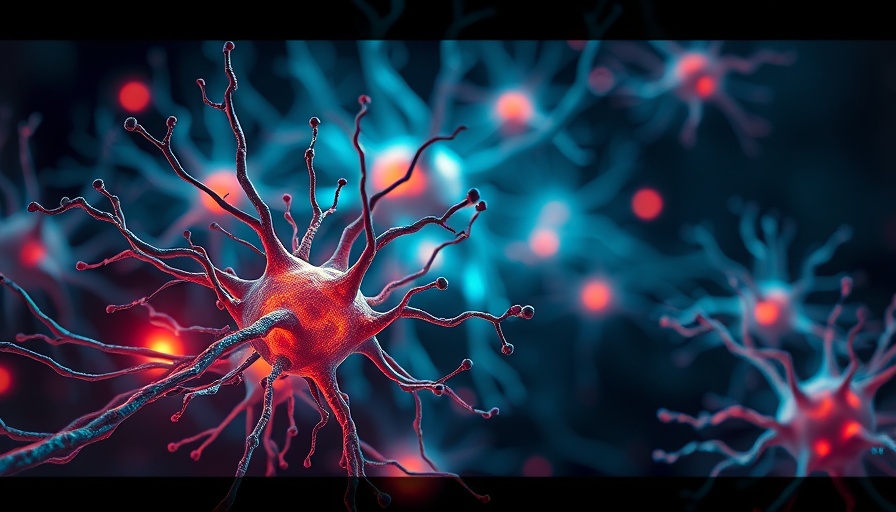
Unlocking the Mystery of Neural Stem Cells Aging
As science journeys into the realm of longevity, understanding the aging of neural stem cells (NSCs) promises significant insights into how our brains might retain their vitality throughout life. Researchers are leveraging advanced techniques to examine how these crucial cells, key to neurogenesis, are affected by age.
What Are Neural Stem Cells?
Neural stem cells are special types of cells found in the brain that can develop into different kinds of brain cells, including neurons, which are responsible for sending signals, and astrocytes, which support neurons. These cells are essential for maintaining brain health and enabling the brain to produce new neurons even in adulthood, especially in the hippocampus, a region vital for memory.
Unveiling Aging Effects Through Transcriptomics
Recent research published in Aging Cell utilized a groundbreaking method known as single-cell transcriptomics to analyze the aging process of NSCs. This method allows scientists to look at the unique genetic profiles of these cells at different ages, thereby unveiling their hidden complexities.
Challenges in Identifying Neural Stem Cells
NSCs often remain inactive, known as quiescent, making them hard to identify compared to other cell types. Most studies previously relied on markers that are not specific to NSCs, leading to potential confusions with other cell types like astrocytes. This study aims to clarify these distinctions, which are essential for further understanding the functionality and longevity of brain cells.
Social Connections: Why This Discovery Matters
Why should you care about NSC aging? Many health enthusiasts believe that prolonging our healthspan, the years we live healthily, is just as crucial as extending lifespan. Understanding NSCs and their mechanisms could lead to novel anti-aging therapies and strategies that may offer better cognitive function as we age.
Future Insights and Trends in Aging Research
The insights gained from studying NSCs could pave the way for innovative breakthroughs in anti-aging therapies. Identifying how the number and function of NSCs change can shed light on the broader picture of aging, potentially leading to strategies that promote healthier aging. As researchers uncover the unique roles of NSC subclasses, we might see targeted approaches to rejuvenate the brain.
Concluding Thoughts: The Path Forward
If you’re invested in longevity and wellness, staying informed about cutting-edge research like this is crucial. Knowing how our body's cells age can lead to actionable strategies to maintain brain health and resilience. Stay curious and engaged with the latest aging research; the journey to understanding longevity is just beginning!
 Add Row
Add Row  Add
Add 




 Add Row
Add Row  Add
Add 


Write A Comment